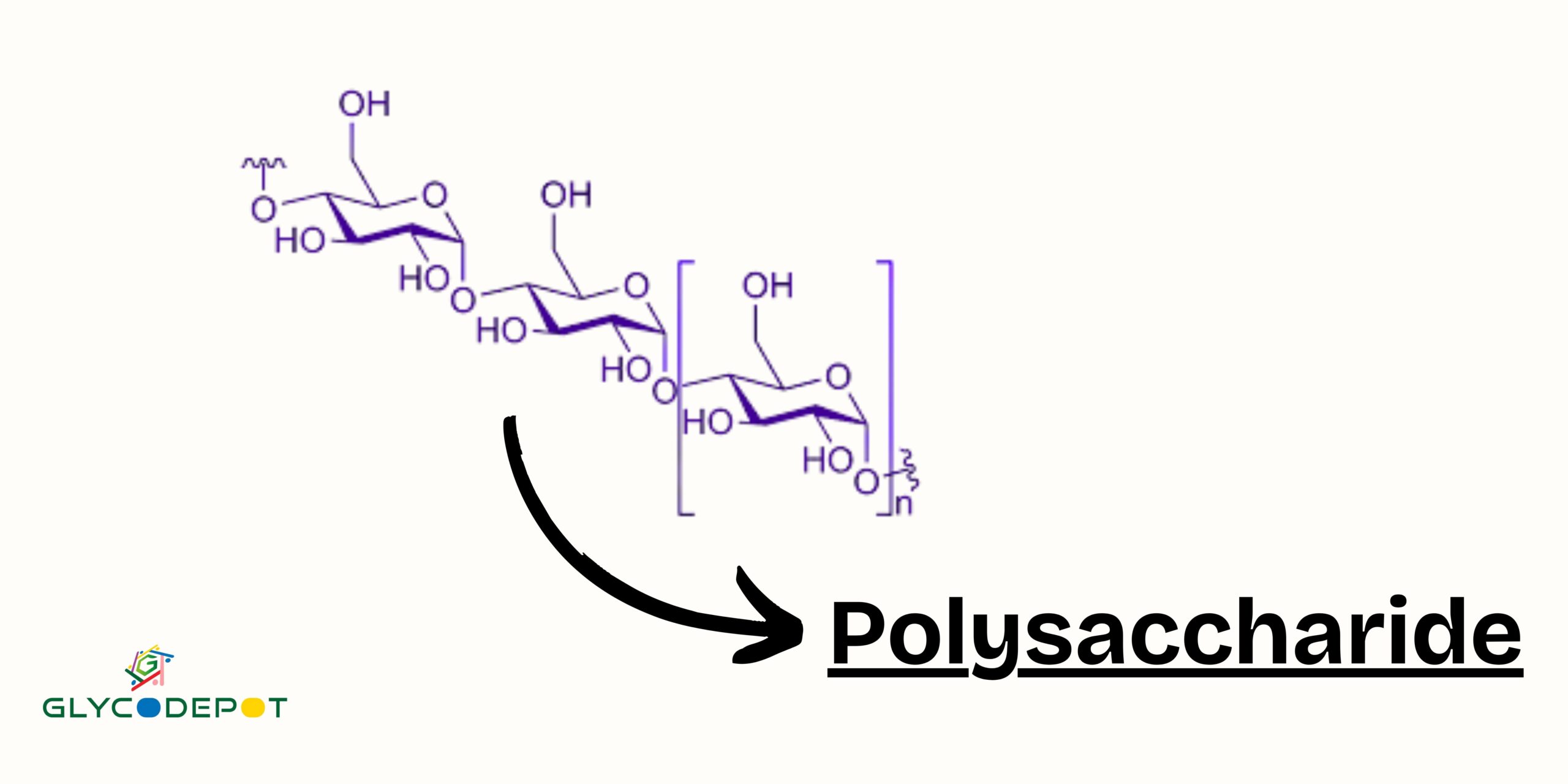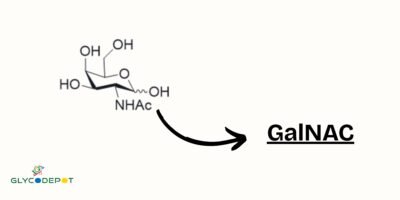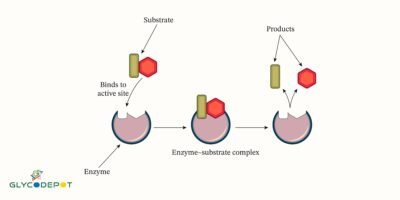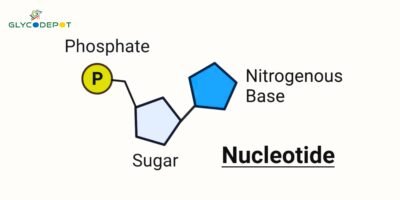If you’re in the business of science, you already know: details matter. Especially when you’re dealing with polymers, molecular weight, or anything that remotely sounds like “calibration.”
At Glycodepot, we make it simple. Our Polysaccharide Standards aren’t just high-purity—they’re workhorses. Designed for researchers who don’t have time for inconsistency, our standards help you build better calibration curves, get more trustworthy results, and (let’s be real) sleep a little easier after that final GPC run.
Whether you’re in pharma, academia, food tech, or materials science—you’ll find what you need right here.
Overview of Polysaccharide Standards
Let’s put it simply: Polysaccharide Standards are calibration materials. But not just any calibration materials—these guys are the bridge between “I think it worked” and “Here’s solid, publishable, regulator-proof data.”
They’re used to calibrate systems like:
• Gel Permeation Chromatography (GPC)
• Size-Exclusion Chromatography (SEC)
• Light scattering detectors
• HPLC setups
And honestly, if your molecular weight data matters, standards molecular weight polysaccharides should already be on your shopping list. Otherwise, you’re guessing where you could be knowing.
What is a Polysaccharide?
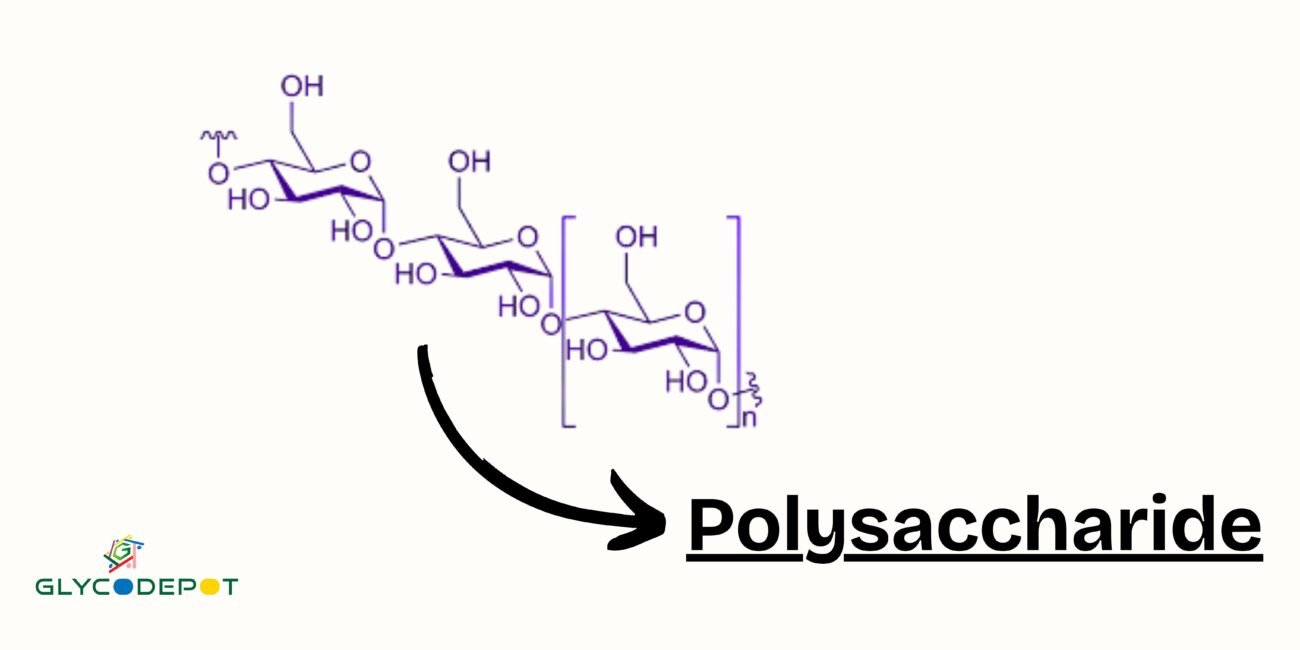
Alright, science moment.
A polysaccharide is just a big sugar chain. Think LEGOs—but molecular. One sugar brick (monosaccharide) snaps onto another, and another, and pretty soon you’ve built a wall, a castle, or in biological terms… a cellulose fiber or a glycogen granule.
Polysaccharides aren’t just lab trivia either. They’re structural materials (like the cellulose in trees) and energy reserves (like starch and glycogen). Every time you eat pasta, you’re basically consuming a lesson in carbohydrate chemistry.
So next time someone asks you, “what is a polysaccharide?” —you can flex a little.
Examples of Polysaccharides
You bump into polysaccharides way more than you realize. Here’s a short list:
• Starch — powering your french fries and rice bowls.
• Cellulose — the reason trees don’t flop over like spaghetti.
• Glycogen — your body’s energy stockpile, mostly hanging out in your liver.
• Pullulan — a microbial polysaccharide you probably haven’t eaten (unless you love edible films) but you’ll definitely use in the lab.
Need an example of a polysaccharide? You probably had one for lunch.
Types of Polysaccharide Standards
Not all standards are created equal. (Seriously. Don’t just grab the first bottle you find.) Let’s break it down:
A. Polysaccharide Molecular Weight Standards
These standards are the GPS for your molecular weight journey. If you’re analyzing unknown samples, polysaccharide molecular weight standards help you create a calibration curve. You match your elution volumes to the known ones—and bam—you’ve got accurate molecular weight estimates.
Essential for:
• Biotech validation studies
• Food industry quality control
• Pharma regulatory submissions
Trust us: guessing molecular weight isn’t a vibe.
B. Polysaccharide GPC Standards
If you’re using GPC (gel permeation chromatography) and you don’t have polysaccharide GPC standards handy… that’s like trying to bake without measuring cups.
These standards dissolve cleanly, behave predictably, and don’t stick to columns. They’re basically designed to make your chromatography runs smoother than a jazz playlist on a Sunday morning.
Perfect for:
• Analyzing polymer dispersity
• Testing column efficiency
• Cross-system validation
C. Pullulan Polysaccharide Standards
Oh, pullulan—where would GPC labs be without you? Pullulan polysaccharide standards are basically the golden child of calibration materials:
• Water-soluble (no messy preps)
• Neutral (no charge-induced chaos)
• Stable over time (reliable as your lab’s coffee machine)
They come in all sorts of molecular weights too—from lightweight 5 kDa pullulan to heavyweight 800+ kDa standards.
Big win if you’re calibrating aqueous systems, or running multi-angle light scattering (MALS).
(Big thanks to the GlycoForum for some sweet background science here.)
Buy Different Types of Polysaccharide Standards at Glycodepot
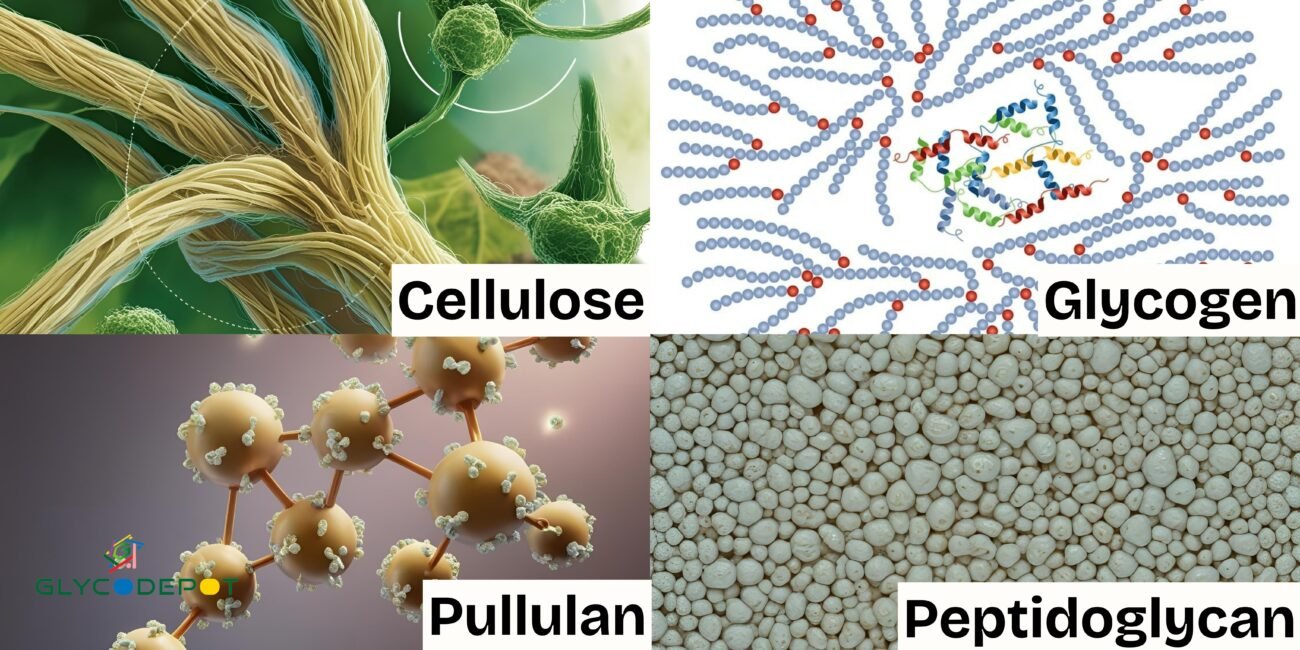
You’ve got options. And at Glycodepot, we keep things simple:
- Certified purity
- Batch-to-batch consistency
- Solvent flexibility (water, DMSO, you name it)
- Small and large pack sizes
And yes—we ship everywhere. Including India, Brazil, and the US without shipping dramas or surprise customs headaches.
What Are the Benefits of Polysaccharide Standards?
Besides making you look way cooler at lab meetings? Here’s the real deal:
• Better data accuracy — you calibrate it, you trust it
• Smoother audits — regulatory bodies love calibration logs
• Time savings — no more back-to-back troubleshooting
• Cross-tech validation — work across SEC, GPC, HPLC seamlessly
Once you start using standards, you’ll wonder why you ever ran samples without them.
How Do I Choose the Right Sugar Polysaccharide Standards?
Quick tips:
• Match your target analyte’s MW range
• Pick standards that behave like your sample (pullulan for aqueous, dextrans for some biopolymers)
• Double-check detector compatibility (RI, MALS, UV)
If you’re stuck, remember: standards molecular weight polysaccharides like pullulan are often the safest, easiest starting point.
And if you really can’t decide? Hit us up. We actually answer emails like it’s 2005.
Applications & Use Cases of Polysaccharide Standards
The real-world impact? Pretty major. Here’s where polysaccharide standards show up:
• Pharma R&D — excipient characterization, vaccine development
• Food Industry — dietary fiber testing, nutrition label validation
• Biomaterials — biodegradable packaging, medical device coatings
• Glycomics — decoding how sugars control biology (and disease)
Whether you’re filling pipette tips or regulatory dossiers, standards back you up.
How Can Glycodepot Help You?
Choosing the right polysaccharide standards isn’t just about what’s available—it’s about who you can trust to get it right. Here’s how Glycodepot makes a real difference:
We Speak Science, Not Sales
Our team actually understands molecular weight curves, calibration headaches, and chromatography quirks. You’ll get advice grounded in real lab experience—not just catalog numbers.
Only High-Purity, Research-Grade Standards
Every product you order is tested, certified, and ready to go straight into serious research or regulatory projects. No second-guessing the quality.
Custom Flexibility Without the Drama
Need a small order for a pilot study? A bulk supply for six months of production runs? We’ll handle it—without ten layers of approvals or endless forms.
Fast, Global Shipping That Works
Whether you’re in Mumbai, São Paulo, or San Francisco, we’ll get your standards to you without delays, surprises, or customs nightmares.
People Who Actually Respond
Email us, call us—someone will get back to you (usually faster than you expect). No auto-replies. No “please contact our distributor.” Just answers.
Fair Prices for World-Class Standards
We don’t believe in bloated prices hidden behind fancy marketing. Our goal: make top-quality polysaccharide standards accessible to every lab that needs them.
Backed by Real Scientific Community Values
We partner with researchers, institutions, and industries who push science forward. When you succeed, we succeed. Simple as that.
Why Glycodepot?
Because we actually care about the difference between “close enough” and “dead-on.”
What we bring to the table:
• Scientifically vetted inventory
• Flexible ordering (no minimum dramas)
• Responsive customer support
• Worldwide delivery
We’re not just a supplier. We’re that slightly nerdy, ultra-reliable lab partner you actually like working with.
FAQs on Polysaccharide Standards
What are polysaccharide molecular weight standards used for?
They’re used to calibrate GPC/SEC systems, helping labs determine accurate molecular weights for unknown polysaccharides and polymers.
What is the role of pullulan polysaccharide standards?
Pullulan standards act as stable, water-soluble references for aqueous chromatography systems, making calibration super easy and reliable.
Are your polysaccharide standards suitable for pharmaceutical research?
Absolutely. Every batch is high-purity, consistent, and validated for use in pharma R&D, QC, and regulatory environments.
Credit: Technical references adapted with respect to GlycoForum’s GlycoText articles.
Final Words
If you’re serious about better chromatography, better reproducibility, and better results—start with better standards. And yes, Glycodepot has them ready whenever you are!


